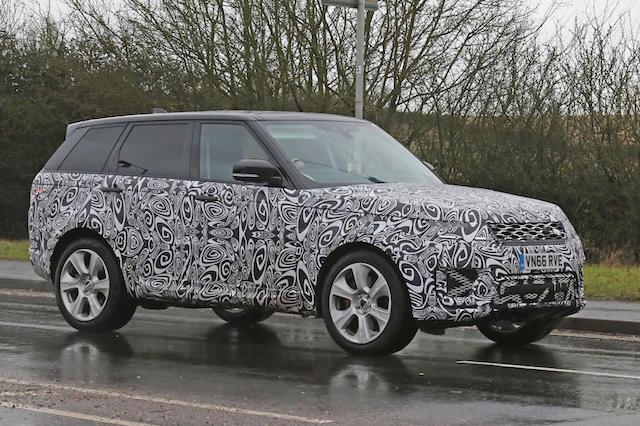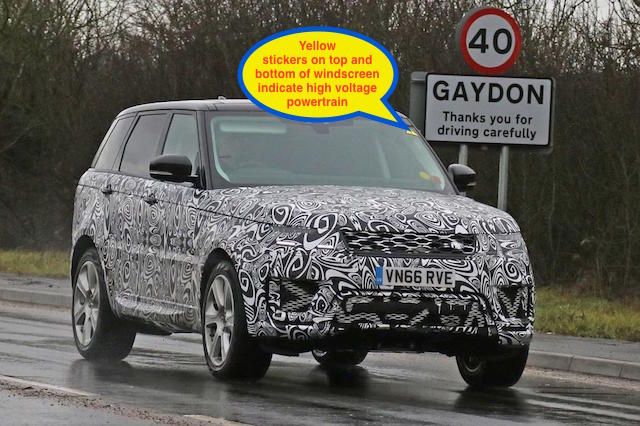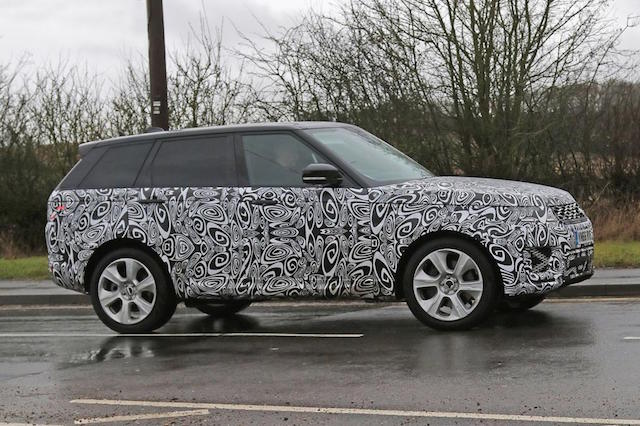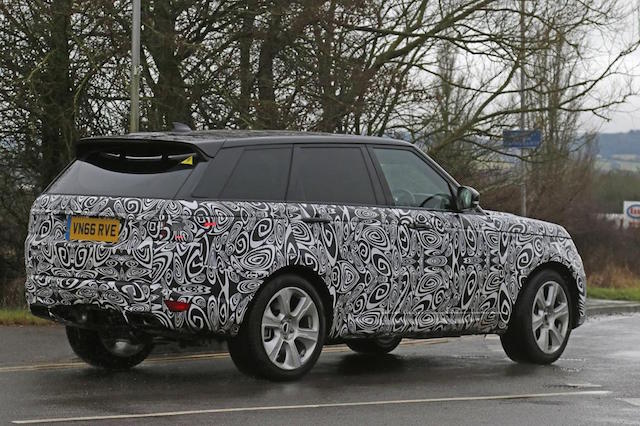
Jaguar Land Rover (JLR) has said 40 to 50 per cent of its range of vehicles will be electrified by 2020 – and pictured here is the second prototype, a Range Rover Sport.
The first was the I-Pace, a battery-electric SUV based on the Jaguar F-Pace and revealed at the Los Angeles motor show last November.
JLR claims a range for the I-Pace of 500km. It is shorter overall than the F-Pace but will have a similar sized cabin, largely because of the extra space an electric motor creates in a chassis by removing the need for a bulky internal combustion engine.
JLR design director Ian Callum said the model shown at the LA show “is a preview of a five-seat production car that will be on the road in 2018.”
He said: “This will be Jaguar’s first battery-powered electric vehicle (EV) and opens a new chapter in the history of our legendary brand.” Carmakers need to have electric cars in their fleets to meet broad emissions targets coming into force in 2020.
The Range Rover Sport PHEV (plug-in hybrid electric vehicle) is pictured near JLR headquarters in the British Midlands. Clues to its EV identity are the yellow stickers on the left of the windscreen and on the rear window, which denote a high voltage powertrain under the bonnet.
The plug-in charging point is lost in the camouflage in these pictures, but earlier shots of an undisguised prototype testing in the United States show it is located under the badge on the grille.
The Range Rover Sport PHEV is expected to use a petrol engine and a smaller electric motor, the supplementary battery pack giving it a modest all-electric range.
The Jaguar I-Pace of course is fully electric and is likely to be built by Austrian manufacturer Magna. The batteries will be engineered by JLR in conjunction with British contractor the Warwick Manufacturing Group, part of the Warwick University network near JLR’s headquarters.
The 90kW battery packs are expected to be manufactured near Magna’s plant in Graz, Austria. JLR claims they will charge to 80 per cent in a 90 minutes. Expect faster charging speeds with the development of higher-power battery technology.



